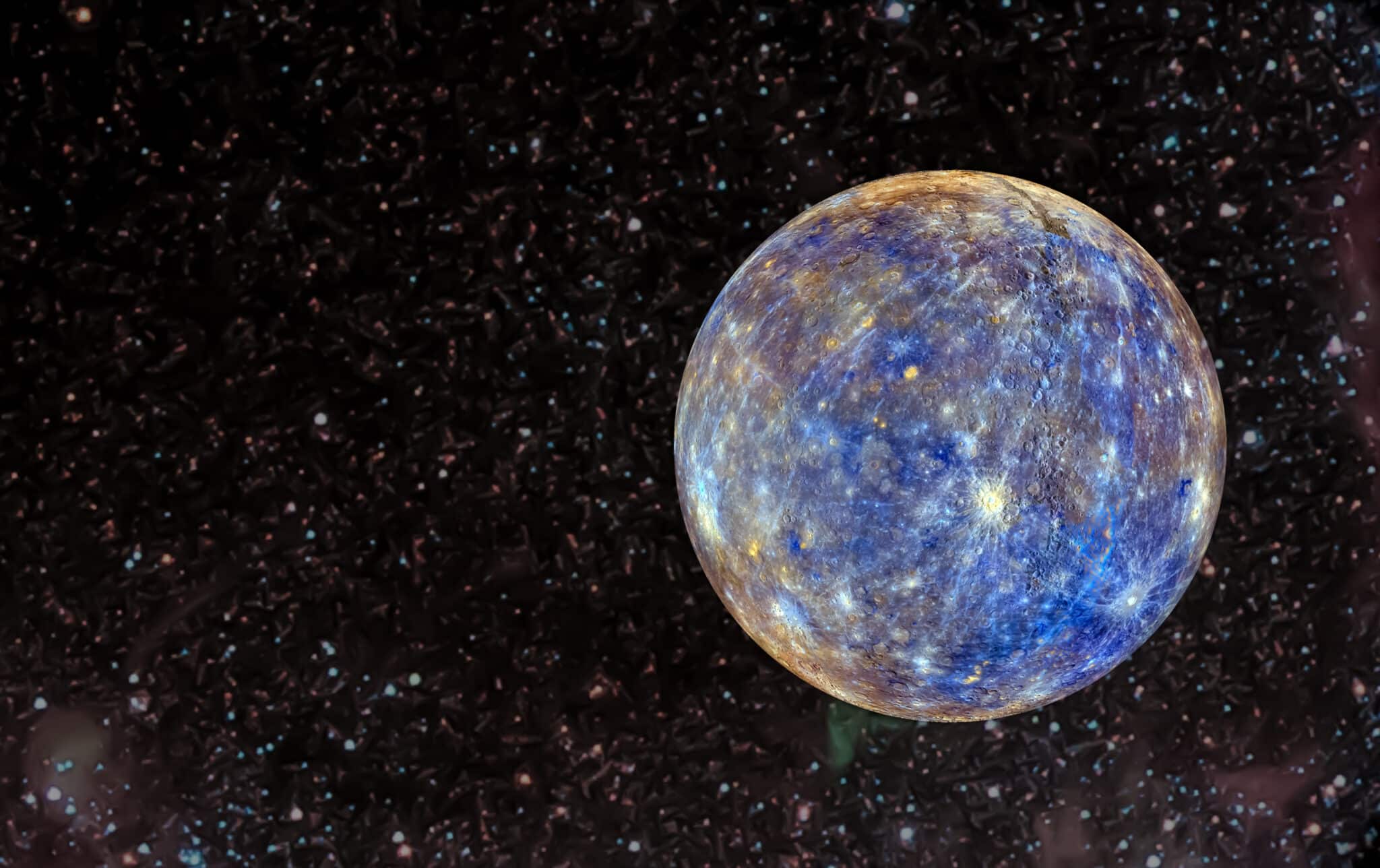
The smallest planet in our solar system, Mercury, is not only shrinking but also showcasing its transformation through wrinkles on its surface. Recent research has shed light on this phenomenon, revealing that the planet’s contraction is an ongoing process.
Key Highlights:
- Mercury’s cooling core is causing the planet to shrink.
- The planet’s surface displays gigantic scars known as lobate scarps.
- Recent movements in these scarps have been identified, suggesting they are still active.
- NASA’s MESSENGER spacecraft provided a closer look at these scarps.
- The upcoming European BepiColombo mission might offer more insights into Mercury’s geology.
A Closer Look at Mercury’s Transformation:
Mercury, the closest planet to the sun, has been undergoing a cooling process for millennia. This cooling effect is causing the planet to contract, leading to the formation of gigantic scars on its surface, known as lobate scarps. For a long time, geologists were uncertain about the exact time these scarps formed and whether new ones were still emerging due to the planet’s continuous cooling.
However, a study published on October 2 in the journal Nature Geoscience has provided some clarity. The research closely examined the scarps and discovered small cracks, indicating that these scarps have moved in the last 300 million years. David Rothery, a geologist at the Open University in the UK and a co-author of the study, mentioned, “Our team found unambiguous signs that many scarps have continued to move in geologically recent times, even if they were initiated billions of years ago.”
Drawing a comparison, Rothery explained that the wrinkles on Mercury are similar to those that form on an aging apple. However, while an apple shrinks due to drying out, Mercury’s contraction is a result of its cooling process.
Insights from NASA’s MESSENGER Spacecraft:
NASA’s MESSENGER spacecraft, which orbited Mercury from 2004 to 2015, provided invaluable insights into the planet’s geology. The spacecraft’s observations revealed grabens, small cracks parallel to fault lines, located next to the lobate scarps. These grabens are believed to have formed from fault lines attempting to bend stiff rock. The research team identified 48 confirmed grabens and an additional 244 potential grabens. By analyzing the blurriness of these grabens in images, the team deduced that they are approximately 300 million years old.
Looking Ahead: The BepiColombo Mission
The European BepiColombo mission, set to orbit Mercury in 2025, is anticipated to provide further information about the planet’s geology. The mission might unveil high-definition images of Mercury’s wrinkles and possibly discover evidence of recent quakes on the planet.
Summary:
Mercury’s shrinking phenomenon has been a topic of interest for scientists for years. Recent research has not only confirmed the planet’s ongoing contraction but also revealed that the scars or wrinkles on its surface are still active. With upcoming missions like BepiColombo, the scientific community is hopeful for more detailed insights into this intriguing planetary transformation.